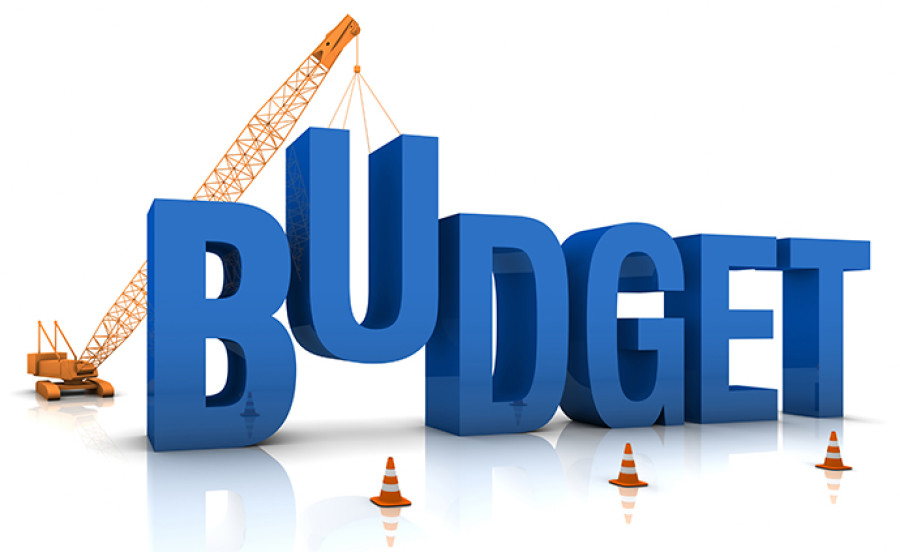Budgeting is essential for managing your money effectively, achieving financial goals, and maintaining long-term financial health. By implementing the best practices for budgeting, you can take control of your spending, plan for future expenses, and ensure you’re on track to meet your savings targets. Whether you’re just starting or looking to improve your financial habits, these tips will help you budget smarter and live with financial confidence.

1. Set Clear Financial Goals
The first step in budgeting is to set clear financial goals. These goals give you direction and purpose for managing your money.
Why Goals Matter
Having specific financial goals ensures you’re budgeting with a purpose. Whether you’re saving for a house, paying off debt, or building an emergency fund, goals keep you motivated and focused. Without them, it’s easy to lose track of where your money is going.
How to Set Goals
When setting goals, use the SMART criteria: Specific, Measurable, Achievable, Relevant, and Time-bound. For example, instead of saying “I want to save more,” a SMART goal would be “I want to save $5,000 for a vacation in the next 12 months.”
2. Track Your Spending
One of the best practices for budgeting is to track your spending. Knowing exactly where your money is going is crucial for creating an effective budget.
Why Tracking Is Important
Many people are surprised when they realize how much they spend on non-essential items like dining out or subscriptions. Tracking your spending helps you identify patterns and areas where you can cut back, ensuring that you are allocating your money in line with your financial goals.
How to Track Spending
Use budgeting apps or simple spreadsheets to log every expense. Many apps can link to your bank account, making it easy to categorize spending and get a clear picture of where your money goes each month.
3. Create a Realistic Budget
Once you’ve set goals and tracked your spending, it’s time to create a realistic budget. This plan should reflect your income, regular expenses, and savings goals.
Why a Realistic Budget Is Key
If your budget is too restrictive, it’s likely to fail. You’ll feel frustrated and be tempted to overspend. On the other hand, a well-thought-out budget that includes room for occasional splurges will be easier to stick to.
How to Create Your Budget
Start by listing your fixed expenses (rent, utilities, debt payments) and variable expenses (groceries, entertainment). Then, allocate a portion of your income to savings. A popular budgeting method is the 50/30/20 rule: 50% of your income for needs, 30% for wants, and 20% for savings or debt repayment.
4. Prioritize Saving
An essential budgeting practice is to prioritize saving. Building a savings habit ensures that you’re prepared for emergencies and can work toward long-term goals.
Why Saving Should Come First
When you treat saving as a non-negotiable expense, you ensure that you are always putting money aside for future needs. This approach helps you avoid living paycheck to paycheck and builds financial security over time.
How to Save Effectively
Automate your savings by setting up a direct deposit into a savings account every payday. Even if you start small, consistent contributions add up over time.
5. Adjust Your Budget Regularly
Your financial situation will likely change over time, so it’s important to adjust your budget regularly. Life events like a new job, moving, or having a child can significantly impact your finances.
Why Adjustments Are Necessary
If your income increases, you can allocate more to savings or investments. If expenses rise, you may need to cut back in other areas. Regularly reviewing and adjusting your budget ensures it stays relevant and effective.
How to Make Adjustments
Review your budget monthly or quarterly. Identify areas where you overspent or underspent and make the necessary changes. Flexibility is key to long-term budgeting success.
6. Avoid Impulse Purchases
A critical practice for budgeting success is learning to avoid impulse purchases. These unplanned expenses can derail your financial progress.
Why Impulse Spending Hurts
Impulse purchases often lead to overspending, and over time, these small expenses add up. By avoiding them, you can keep more of your money for things that matter, like your financial goals.
How to Resist Temptation
Before making a purchase, use the “24-hour rule”—wait a day before buying something unplanned. This pause helps you decide whether you truly need or want the item.
Conclusion: Build Financial Confidence with Smart Budgeting
Mastering the best practices for budgeting is the key to financial stability and achieving your long-term goals. By setting clear financial objectives, tracking your spending, creating a realistic budget, and prioritizing saving, you can manage your finances confidently. Remember to adjust your budget regularly and avoid impulse spending to stay on track. With these strategies in place, you’ll be well on your way to a healthier financial future.




